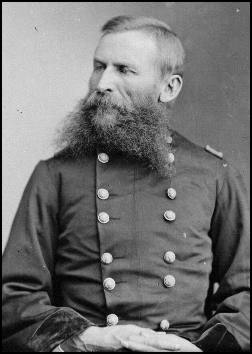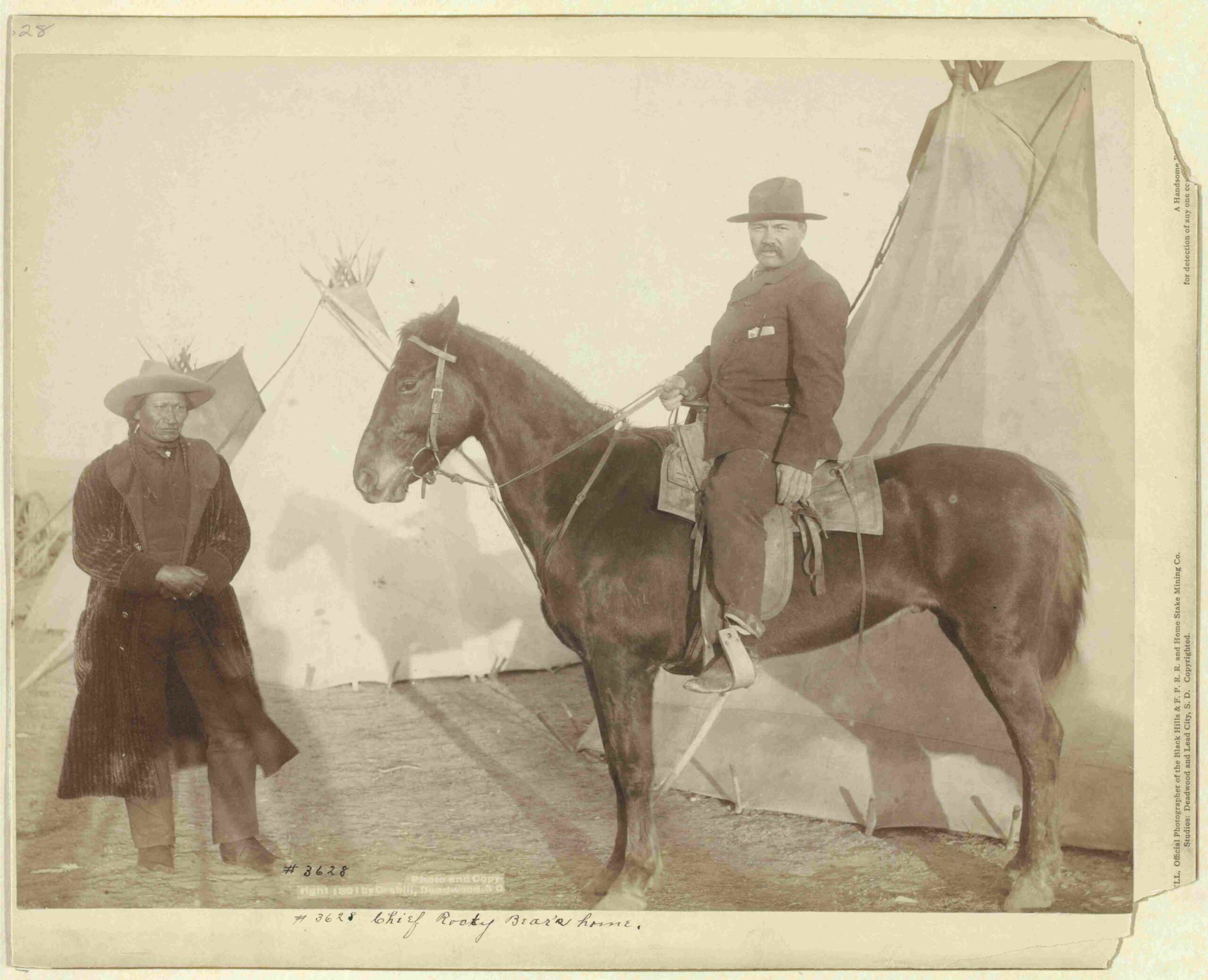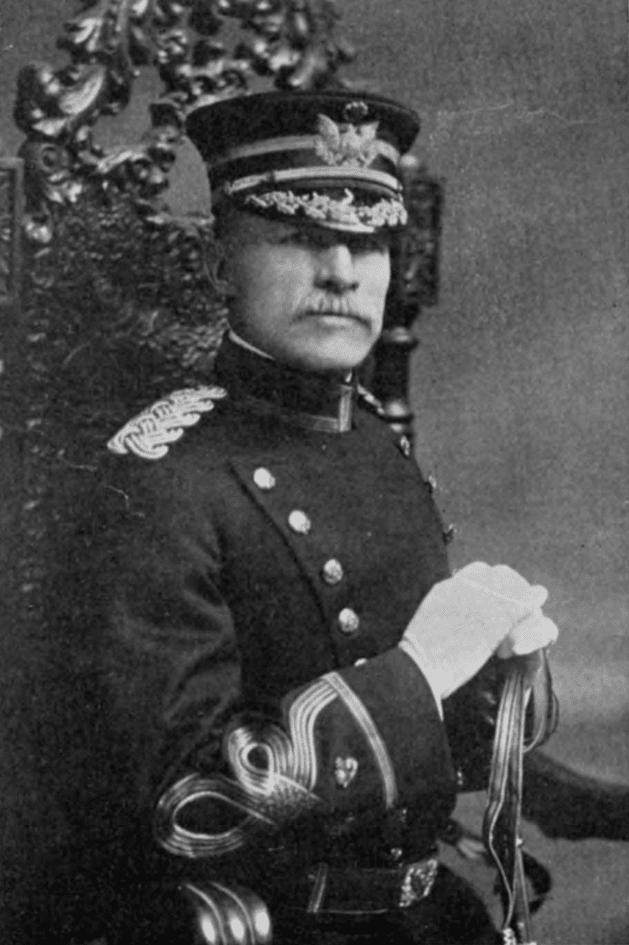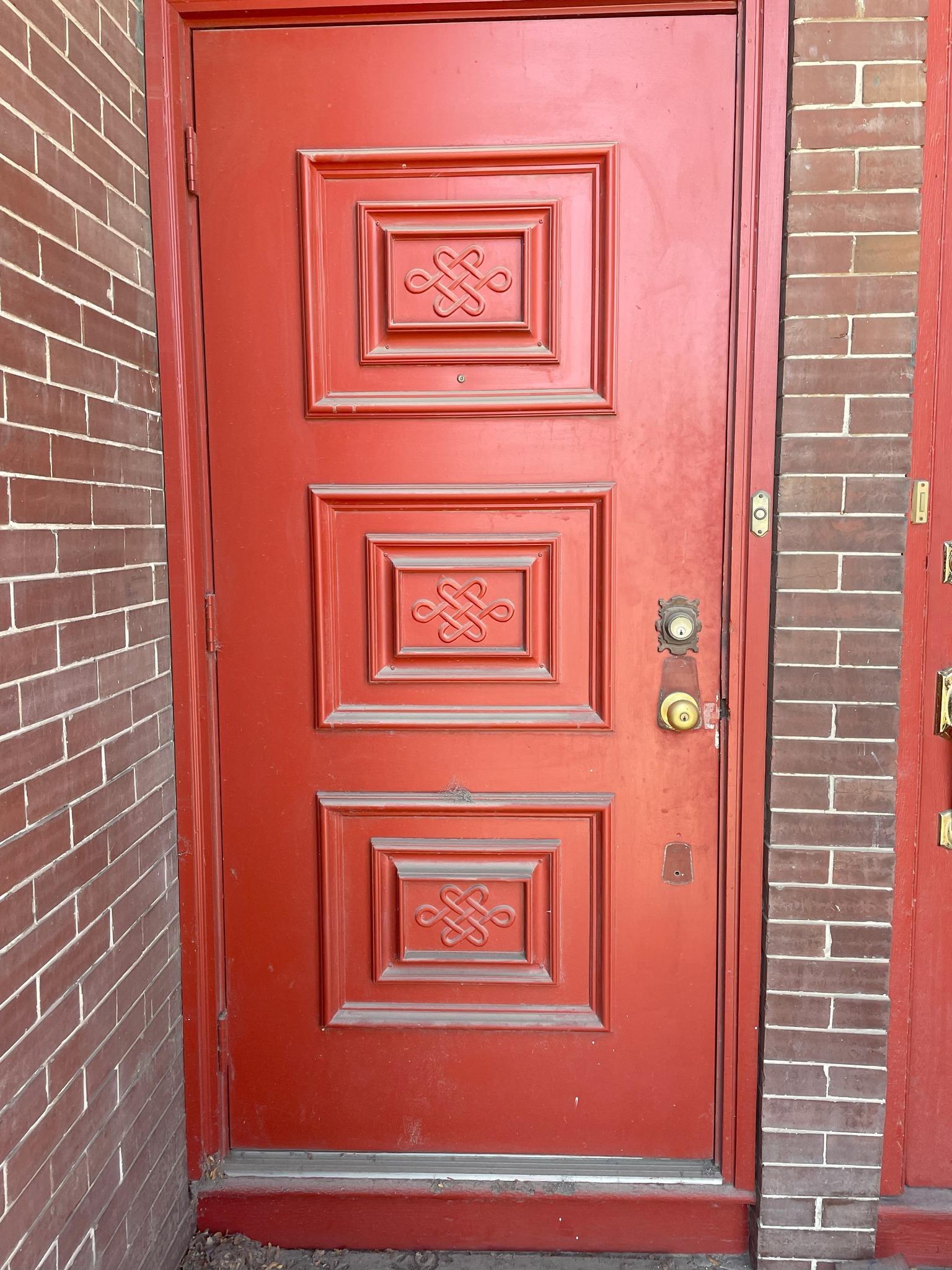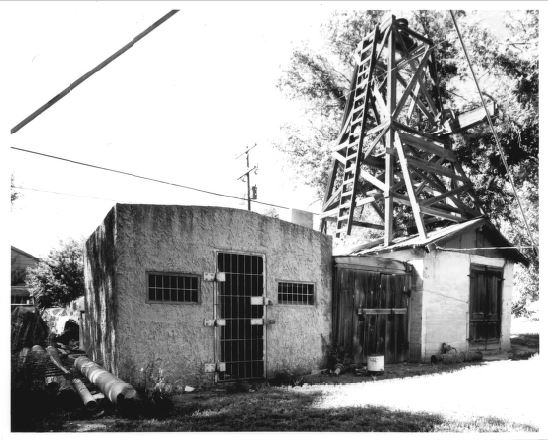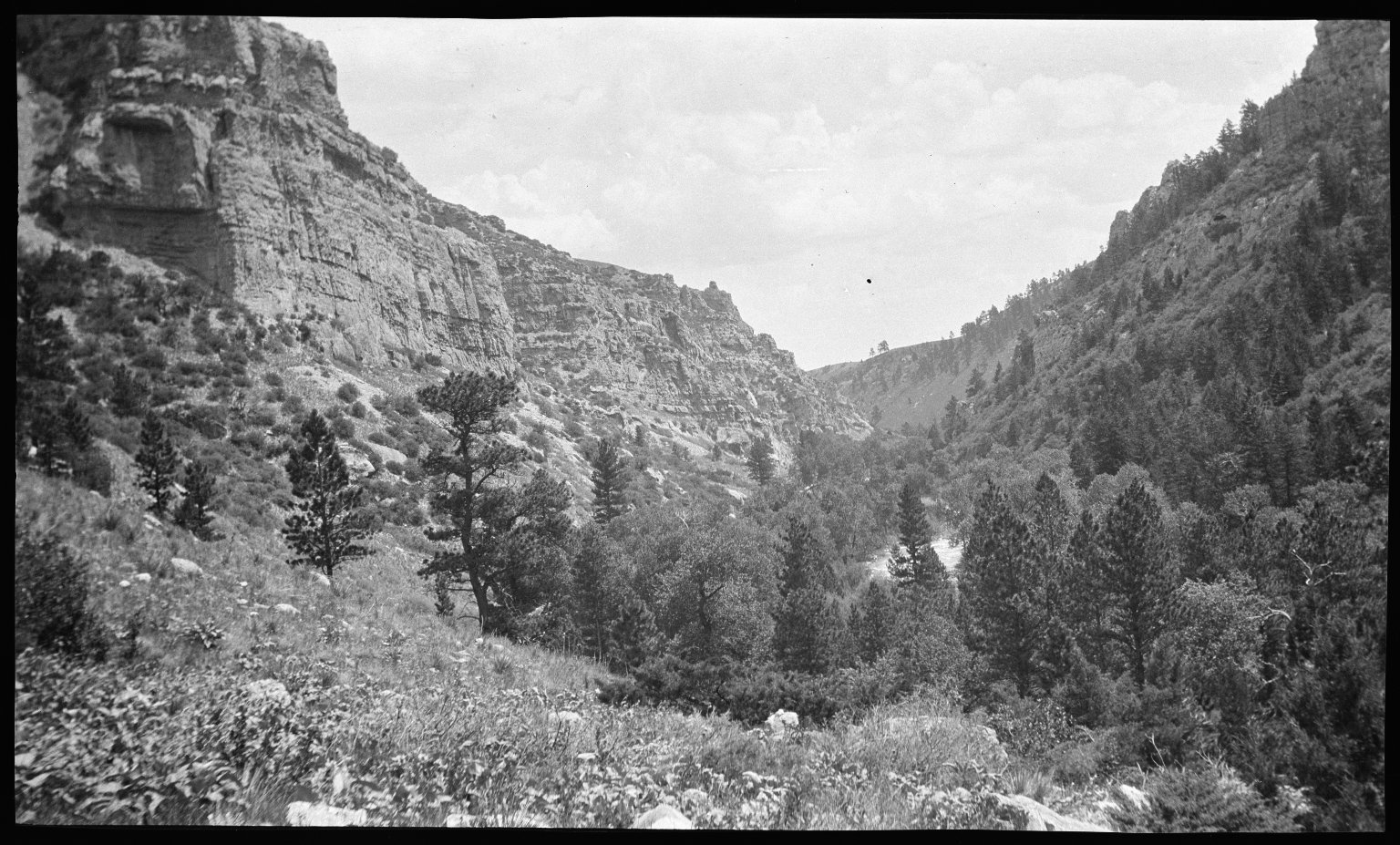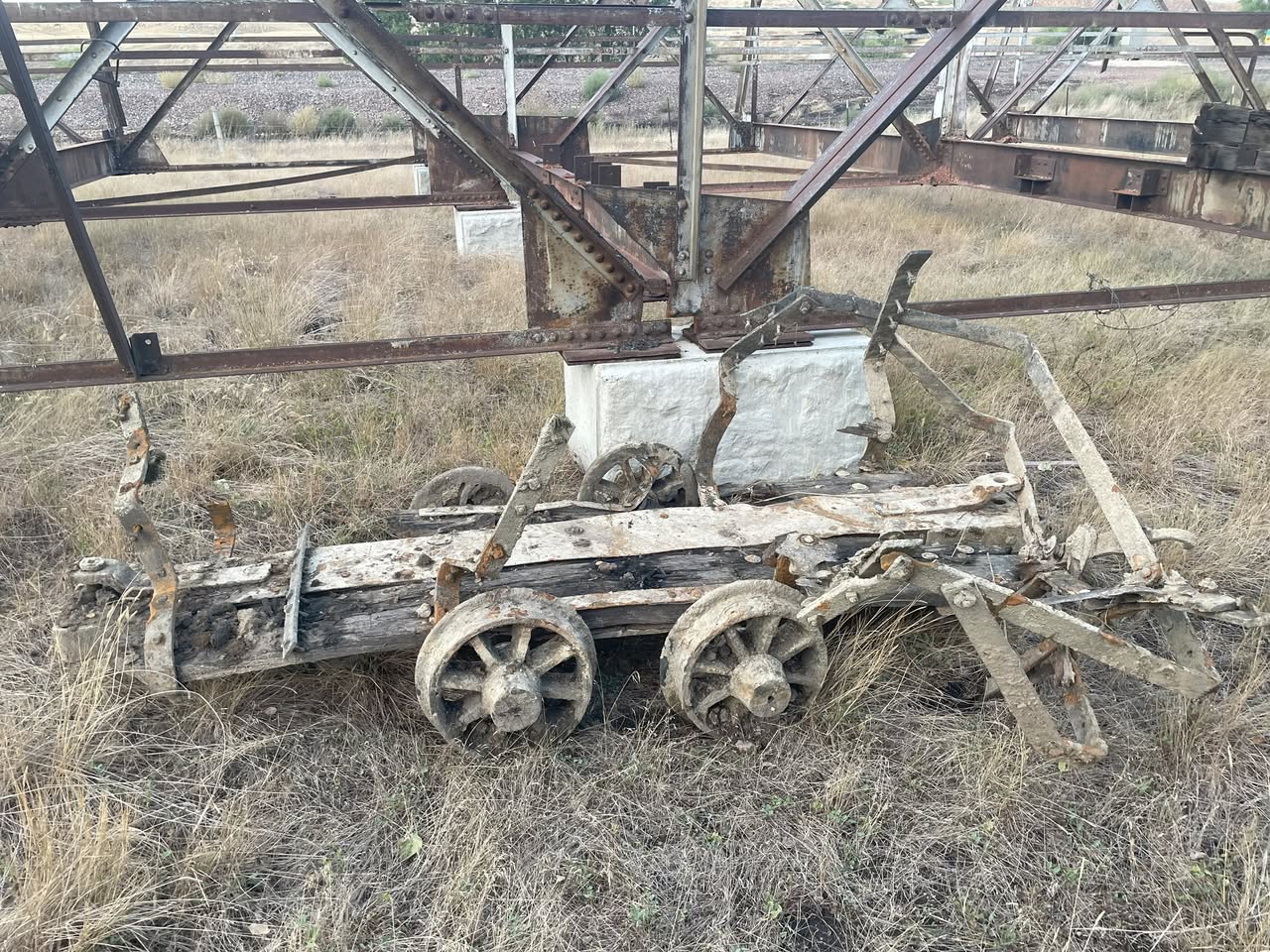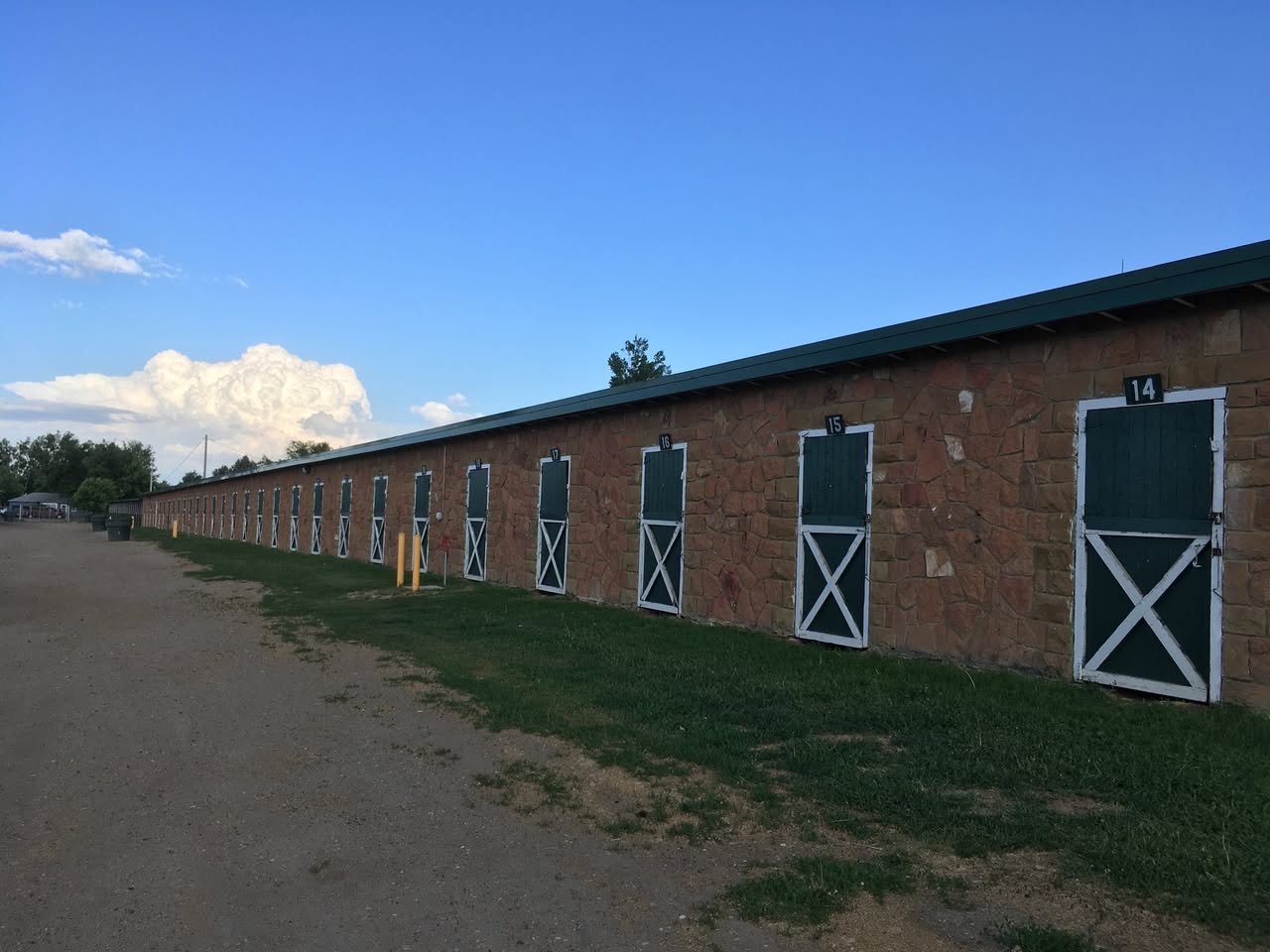On this #TBT, we look to the Bighorn Mountains and imagine a fast-moving, three-day game of cat and mouse across steep, rocky terrain. This was the experience of a group known as the Sibley Scouts.
The peace achieved by 1868’s Fort Laramie Treaty was broken as a rush of prospectors flooded into Indian territory with hopes to strike it big after gold was discovered in the Black Hills of Dakota. In 1876, the U.S. military was dispatched to the area of the Goose Creeks, located just over these hills to your south, west and east. General George Crook led a party of 10 full companies comprised of about 880 soldiers, civilian support staff who did not fight, and several Crow and Shoshone scouts. Crook was tasked with rounding up free-roaming Lakota tribes and their Cheyenne and Arapaho allies and relocating them to the reservations in Dakota Territory and Nebraska assigned to them by the U.S. government.
On July 5th, General Crook dispatched a scouting party from what was called Camp Cloud Peak, at the base of the mountains where Little Goose Creek enters the valley — about 15 miles southwest of here as the crow flies. This party, known as the Sibley Scouts, included 25 men and was led by 2nd Lieutenant Fredrick Sibley. Crook’s chief scout, Frank Grouard, argued against the move. Grouard said he and Baptiste “Big Bat” Pourier, a Crow interpreter, could locate the Indian camp without jeopardizing Crook’s group. The general disagreed.
On the morning of July 7th, the Sibley Scouts were three miles north of the Tongue River, about 15 miles northwest of here. There, Grouard recounted, “With my glass, I discovered that the whole country was covered with Indians on horseback moving toward the Tongue River.” Big Bat gasped, “My God, we are gone!”
Want to know the fate of the Sibley Scouts? Joins us this Tuesday, July 25, for History On the Soldier Ridge Trail – A Walking Tour, this month’s Explore History with the Tongue River Valley Community Center program. Meet at TRVCC in Dayton at 8:30 to ride the bus to Sheridan or meet us at the trailhead at 9 am.
Photo 1: Gen. George Crook Courtesy Library of Congress Prints and Photographs Division. Brady-Handy Photograph Collection.
Photo 2: Rocky Bear, Oglala chief, and Frank Grouard in 1891. Courtesy John C. H. Grabill Collection, Library of Congress.
Photo 3: Portrait of Frederick William Sibley from The Howitzer: The Yearbook of the U.S. Corps of Cadets, 1909, page 188.

